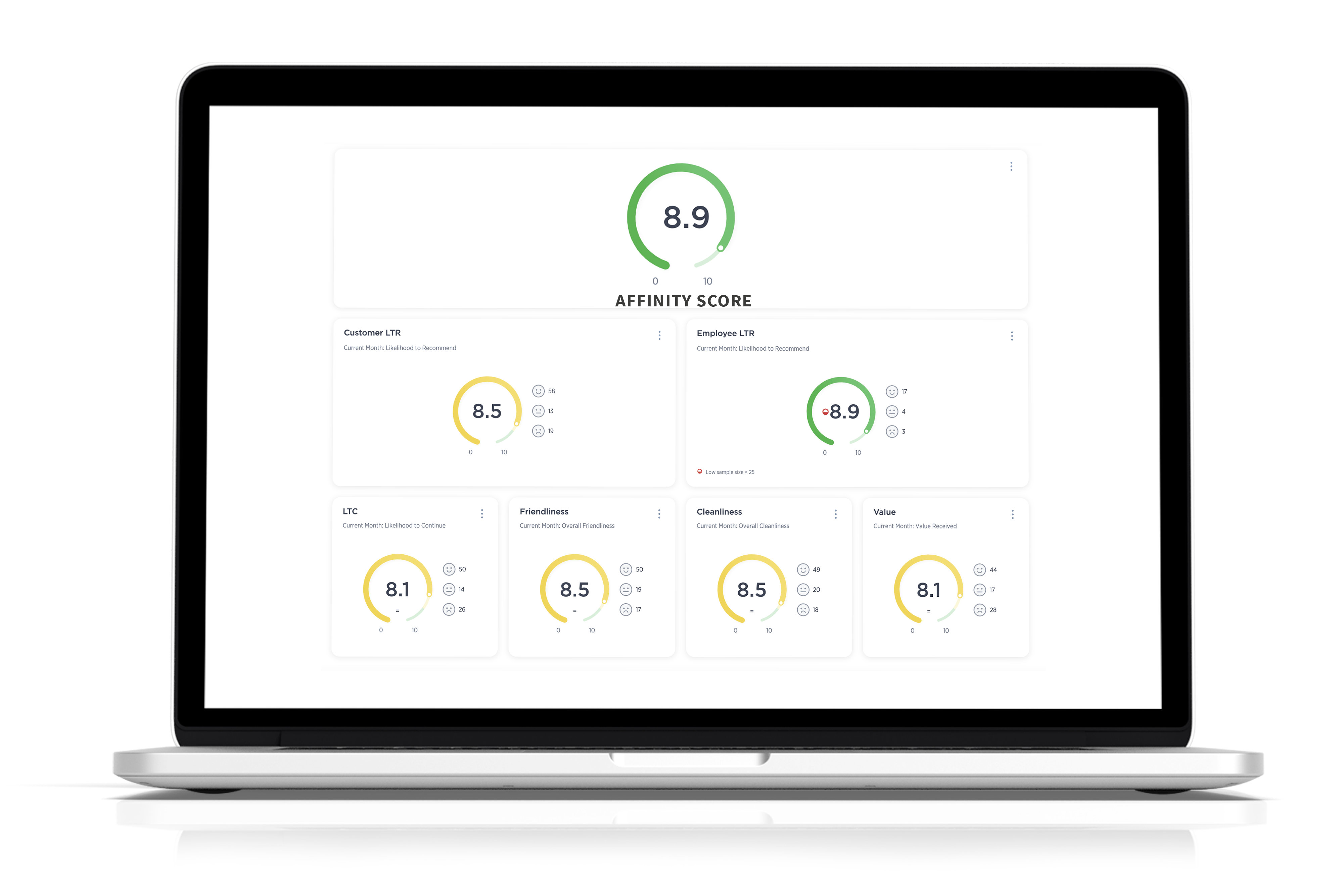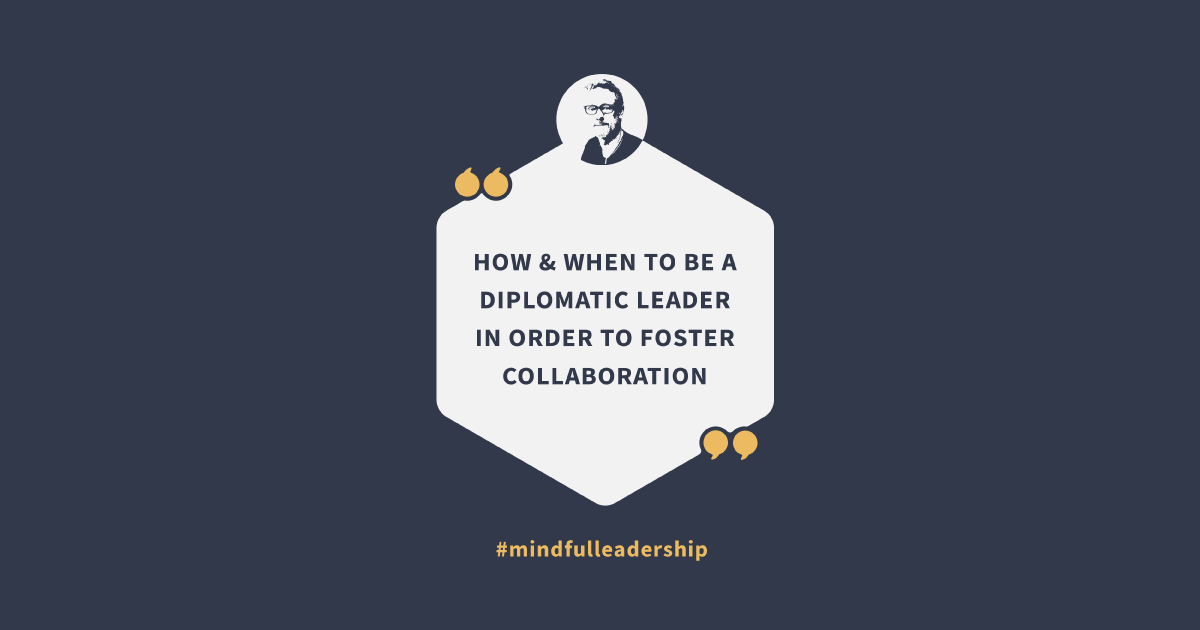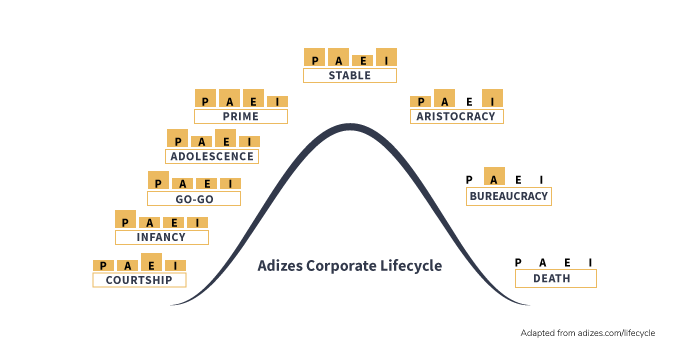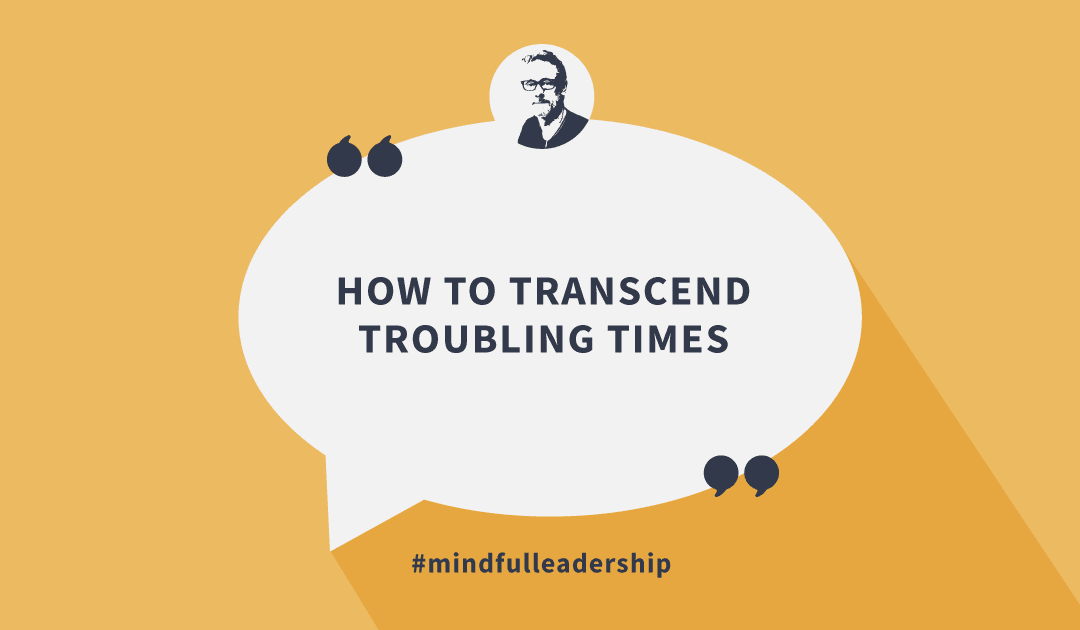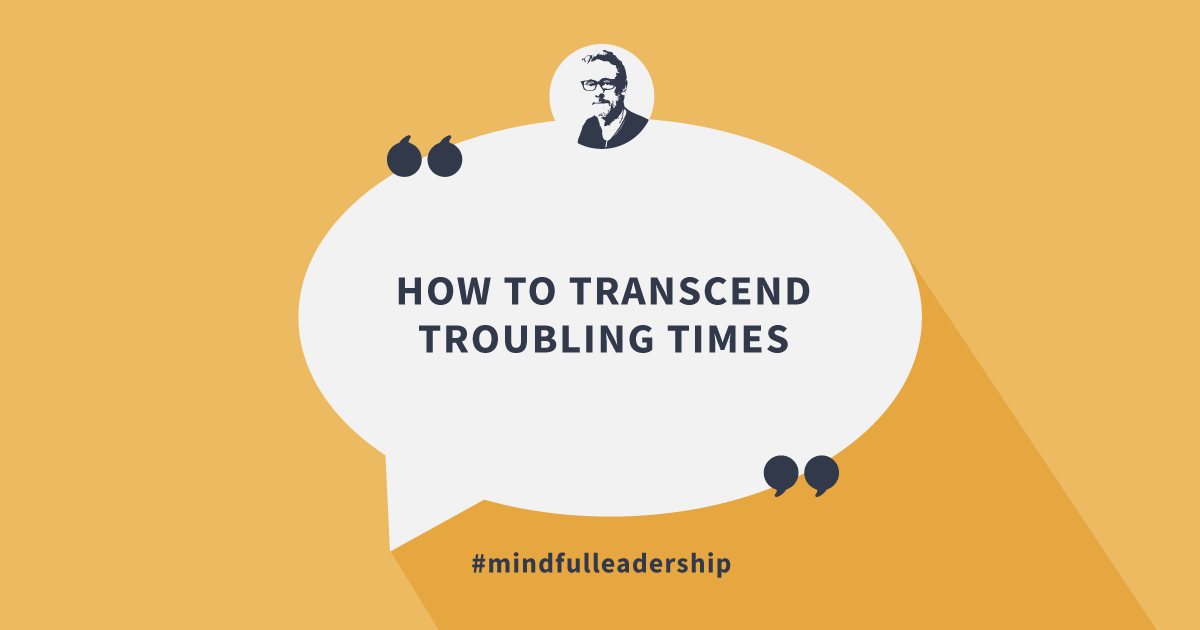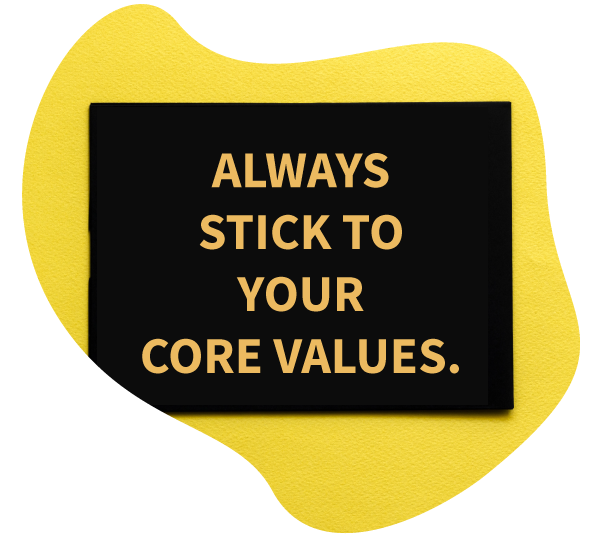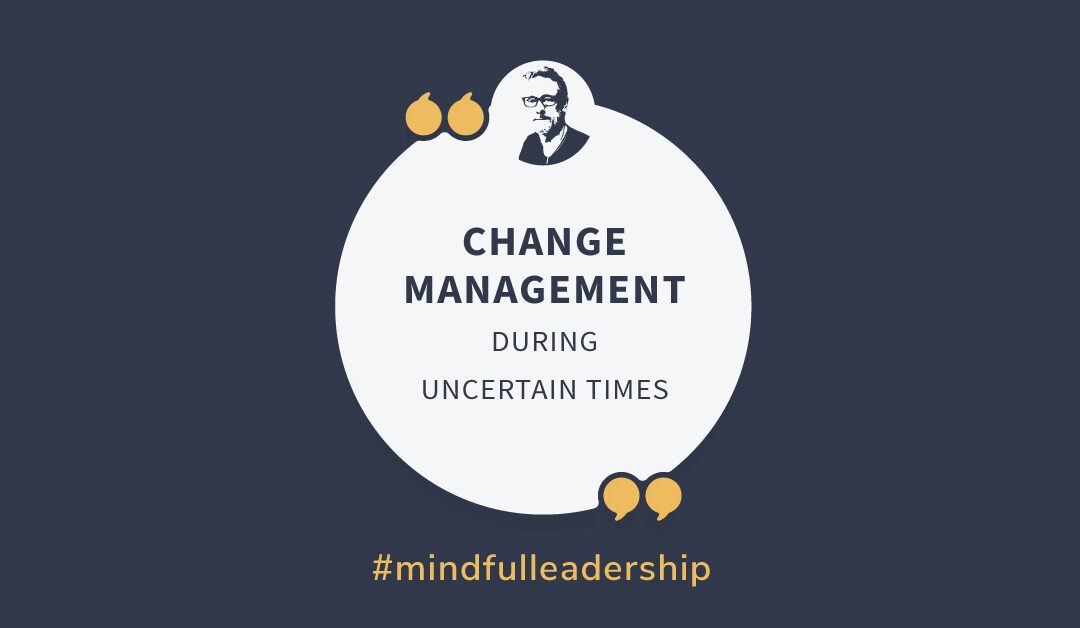Team New Zealand’s innovative application of digital technology in yacht racing contributed significantly to its back-to-back victories in the America’s Cup races of 2017 and 2021. The team had a thorough understanding of the performance of its 75-foot AC75 monohull even before its launch in 2021, thanks to an AI-powered simulation tool. This tool enabled the team to conduct virtual races across numerous prototypes, honing their skills to navigate at speeds of 50 knots on meticulously refined hydrofoils under challenging conditions.

8 Reasons to Engage with AFFINITY OS™
8 Reasons to Engage with AFFINITY OS™


Grant Ian Gamble is a best-selling mindful leadership author and speaker. He has over 30 years of experience in leading teams to create innovative customer experiences, building engaged workforces, and developing leaders who prioritize mindfulness in their approach.
In the rapidly evolving business landscape, CEOs and business leaders are continually seeking innovative solutions to stay ahead of the curve. AI-driven AFFINITY OS™ offers a suite of tools designed to enhance team member engagement and customer experience, and provide actionable insights in real time. Here are eight compelling reasons why engaging with AFFINITY OS can transform your business approach, offering a blend of advanced technology and insightful analytics to drive success.
- Advanced Predictive Analytics: Leveraging AI and machine learning, AFFINITY OS offers predictive insights, helping CEOs, leaders and managers anticipate market shifts and consumer needs, facilitating proactive rather than reactive strategies.
- Real-Time Consumer Insights: AFFINITY OS provides instant access to consumer behavior and sentiment analysis, enabling CEOs, leaders and managers to make informed decisions quickly and stay ahead of market trends.
- Competitive Advantage: By harnessing the power of advanced AI, AFFINITY OS provides a competitive edge in understanding and adapting to rapidly changing consumer behaviors, crucial in today’s fast-paced market.
- Customized Market Segmentation: The system’s ability to analyze vast datasets allows for more nuanced and dynamic market segmentation, enabling targeted and effective marketing strategies that resonate with relevant consumer groups.
- Enhanced Customer Experience (NPS®): AFFINITY OS helps in curating customer experiences by understanding individual preferences and behaviors, leading to increased customer satisfaction and loyalty, which are key drivers of long-term business success.
- Team Engagement and Satisfaction Analysis (eNPS®): AFFINITY OS includes tools for measuring and analyzing employee Net Promoter Score (eNPS), offering CEOs valuable insights into team engagement and satisfaction. This feature helps in identifying areas for internal improvement, fostering a positive work environment, and enhancing overall team performance.
- Integrated Communication Platform: The system provides a seamless communication interface between the company, its clients, and team members. The platform facilitates efficient, real-time interaction and feedback loops, crucial for maintaining strong and cohesive internal communications.
- Franchisee Survey System with NPS: AFFINITY OS includes a specialized survey system tailored for franchisees, utilizing Net Promoter Score (NPS) and other critical franchise-specific questions. This feature enables CEOs, leaders and managers to gauge the company’s effectiveness in meeting the needs of franchisees, ensuring that the support and resources provided to them are aligned with their requirements and expectations, which is essential for the health and growth of the franchise network.
In conclusion, AFFINITY OS stands out as a revolutionary tool for business leaders looking to navigate the complexities of modern markets. Its blend of AI-driven analytics, real-time insights, and comprehensive communication tools empowers businesses to make smarter, faster, and more effective decisions. Whether it’s enhancing customer experiences, boosting team morale, or gaining a competitive edge, AFFINITY OS offers a multifaceted approach to achieving sustainable growth and success. Engaging with AFFINITY OS is not just about leveraging technology; it’s about embracing a future where data-driven decisions and human insights coalesce to create thriving, responsive, and customer-centric business environments.
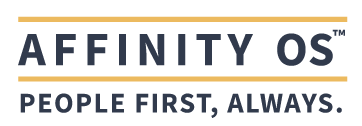





Dive into the heart of exceptional leadership and customer-centric success with AOS Academy. Our certification courses, guided by the “PEOPLE FIRST, ALWAYS” mantra, are designed to support professionals as mindful, effective leaders and service providers.
By integrating key insights from Grant Ian Gamble’s best-selling mindful leadership book, “The Affinity Principle”, we focus on nurturing people-centric cultures of empathy, effective communication, and customer service excellence.
The AOS Academy is more than just training – it’s a journey towards personal and professional transformation, ensuring every interaction and decision is rooted in understanding and valuing people first.
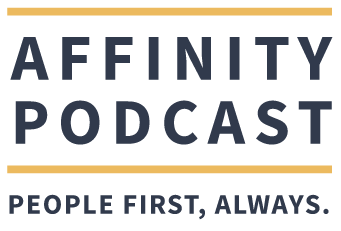

AFFINITY Podcast EPISODE 10 | Collecting and Leveraging eNPS for a People-Centric Culture, Mindful Leadership, Talent Development and Talent Retention



Put PEOPLE FIRST, ALWAYS and watch your business flourish.
Dive deep into the latest trends in customer experience and team engagement, mindful leadership and management. Discover practical tools and strategies that you can use to build a people-centric culture, the foundation for sustainable long-term business growth and success.
Led by mindful leadership expert, Grant Ian Gamble, a best-selling author and true visionary with over 30 years of experience in leading teams to create innovative customer experiences, building engaged, inspired and fulfilled workforces, and developing leaders who prioritize genuine connection in their approach.
The guiding principle behind all of Grant’s work is PEOPLE FIRST, ALWAYS.
More Articles:
How to Win the America’s Cup of Fitness Business
Fitness Industry Boom Amid a Significant Decline in Online Search for Fitness?
There is, seemingly, a health and fitness club or a boutique offering on every street corner today. And yet online searches for health and fitness clubs have diminished significantly. IBISWorld reports over 6,466 Gyms and Fitness Centres in Australia in 2024, and that does not include many outlier categories. And yet, online searches for these facilities have diminished by almost 10%!
Member Referrals are Like a Box of Chocolates…Or are They?
Referrals are the No.1 source of Members in the Fitness and Wellness Industry!
Some facts:
Referrals are the number one source of new members across the fitness and wellness sector.
$ROI is highest on Referrals when compared to all other marketing sources
Three quarters of all referrals come from ‘Promoters’ (high NPS* score) in the fitness and wellness sector.
The avg. referral rate for Promoters = 58% when offered a referral opportunity.
Prospective members are 4x more likely to join a gym if they were referred by a friend.
In the fitness industry, referred members have historically had a 37% higher retention rate as opposed to non-referred members.**
Let's Connect!
CUSTOMER EXPERIENCE & TEAM ENGAGEMENT: AFFINITY OS™ | WELLNESS INTEGRATION | MINDFUL LEADERSHIP: "THE AFFINITY PRINCIPLE"
0475 866 592







The Affinity Principle™ by Grant Gamble presents a formula for business success through a people-centric, mindful leadership approach.
PEOPLE FIRST, ALWAYS.



















